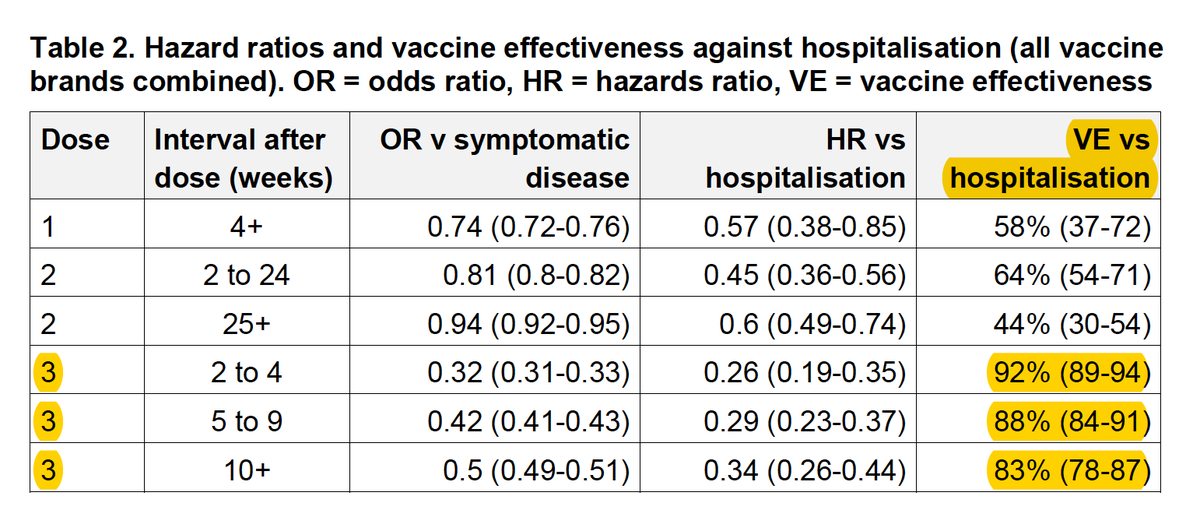
This report has been published to share the detailed variant surveillance analyses which contribute to the variant risk assessments and designation of new variants of concern (VOC) and variants under investigation (VUI).
This specialist technical briefing contains early data and analysis on emerging variants and findings have a high level of uncertainty. SARS-CoV-2 Routine variant data update covers surveillance data and sequencing coverage
data on all other VOCs and VUIs. Unless stated otherwise, this technical briefing uses a data cut-off of 10 January 2022 to allow time for analyses.
Genomic diversity
There is as yet little diversity within the Omicron BA.1 clade. Two acquired mutations in spike have been noted in the UK data set, A701V and R346K. The growth rate of Omicron with these mutations is not greater than the rest of the Omicron clade. Omicron also contains the clade BA.2. This is being separately monitored and assessed from a
technical perspective and is included in overall Omicron case counts.
Severity
There is no update on the overall severity analysis this week. A rise in admissions in children testing positive for coronavirus (COVID-19) has been noted and summary information is included on this. Analysis is underway to understand if this relates to Omicron and to characterise the admissions.
Symptoms
Symptoms In NHS Test and Trace data, loss of smell or taste was reported less often by Omicron cases than Delta cases (13% of Omicron cases, 34% of Delta cases, aOR: 0.22, 95% CI: 0.21-0.23). Sore throat was reported more often by Omicron cases (53% of Omicron cases, 34% of Delta cases, aOR: 1.93, 95% CI: 1.88-1.98): note, however, that another recent study observed increase in sore throat also being reported amongst those who test negative for SARS-CoV-2 so this may be an incidental finding.
Vaccine effectiveness
In updated population data analysis, vaccine protection against mild disease has largely disappeared by 20 weeks after vaccination with a 2-dose primary course of vaccination. After a booster dose, protection initially increases to around 65 to 70% but drops to 45 to 50% from 10+ weeks. It is therefore likely that current vaccines offer limited long-term protection against infection or transmission.
Protection against severe disease is much higher – after a booster dose vaccine effectiveness against hospitalisation is estimated at 92% and remains high at 83% 10+ weeks after the booster dose. This data will also appear in the weekly COVID-19 vaccine surveillance report published routinely on a Thursday.
SIREN study
In the SIREN study, a large cohort of healthcare workers are tested regularly by polymerase chain reaction (PCR) to detect asymptomatic infection in addition to normal testing practices for symptomatic infection. Updated analysis shows the additional incremental benefit from each vaccine exposure including for boosters, even in those who have had prior infection.
Updated risk assessment
An updated risk assessment for Omicron VOC-21NOV-01 (B.1.1.529) has been published.

Leave a Reply